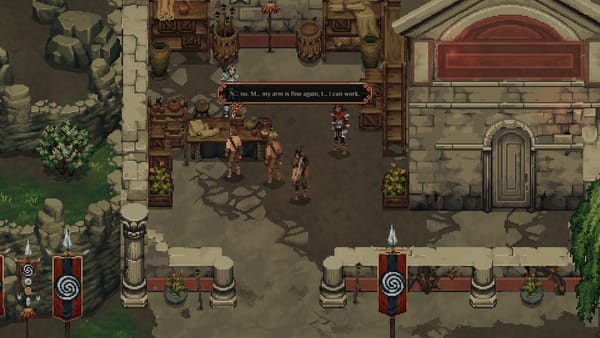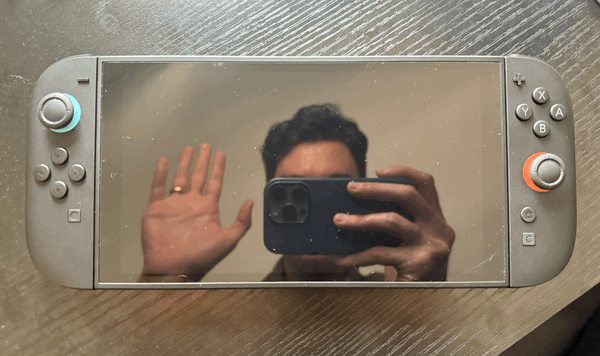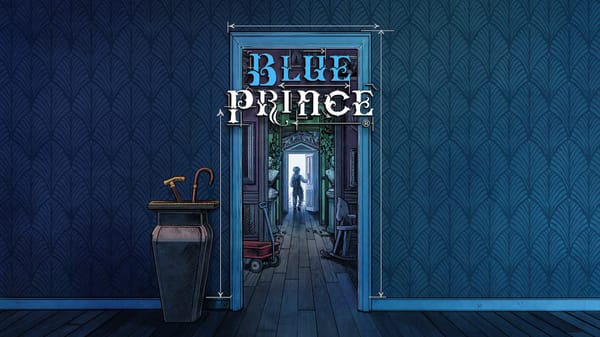Carrion and thematic save points
Regrouping in the biomass
If you thought Metroid Dread was linear, don’t play Carrion. Self-described as a “reverse horror game,” you play as a disgusting flesh monster right out of an 80s horror flick, hungry and violent and surprisingly mobile. You are a creature who slinks through air ducts and bashes through doors, slithering your way past security in order to wrap your bloody tentacles around the throat of some unsuspecting scientist, dragging them up and into the shadows to consume them. There’s a strange joy to moving like a monster, which proves to be Carrion’s central innovation.
At first, Carrion presents itself as another indie Metroidvania in a sea of indie Metroidvanias. You start as a weakened version of yourself and slowly accumulate power throughout the game. You cannot pass by certain doors without having first absorbed a new ability. It has all the hallmarks of a Metroidvania, really, except that it plays out in self-contained, episodic chunks accessible from a main hub area, rather than an ever-expanding map requiring traversal and backtracking.
I felt disappointed by its linearity, initially. Don’t get me wrong: I don’t think linearity in games is a bad thing. God knows more games might benefit from tighter editing and a more streamlined flow. In Carrion’s case, it was more of a mismatch of expectations. I thought I would be getting lost in its world, but quickly found that exploration was quite limited. Once I’d accepted the game’s hub and spoke structure, however, I found myself appreciating the game for what it was: a monster motion simulator.
You don’t so much move in Carrion as you throw your mass around. Infinite tentacles expand from your body with the tilt of a joystick, grasping onto walls, doors, and floors as you move, generally, in the direction you’re pushing. By design, it lacks precision. You feel gross and ungainly, a little too hefty to move with anything approximating grace. This causes you to approach rooms with caution, sneaking in via a grate in the floor or through sewage lines, only to throw that caution to the wind once you enter a room and start consuming everything in sight.
It clicked for me that the game’s sense of movement amounted to more than a novelty when I ambushed a room of mercenaries and scientists in a slightly more haphazard way than usual, losing nearly all of my life before retreating back into the ceiling and away from the still-uncleared room, leaving behind a small group of survivors. I slunk back to a save point not too far away: a writhing biomass I’d deposited in the wall for just such an occasion. Pressing my body into it, I regrew my health, and with it, my limbs and mass. Then I returned, more carefully this time, and finished my slaughter.
Retreating to save point when your health is low is not an innovation unto itself. Far from it. You’d hardly remark upon it while playing, say, Hollow Knight.1 But in Carrion, retreating to regain health felt less like a failure on my part as a player and more an intentionally thematic action encouraged by the game. As I regrouped in the biomass, it recalled those moments in horror movies when it seems that the creature has given up, when a calm descends on the terrified protagonists, the music cutting away, letting the audience experience a momentary sense of relief before, suddenly, the big nasty thing appears again and claims another victim. Carrion uses its save points to achieve this same effect, but in reverse. You rarely consider where the monster goes during its downtime in a horror film, but in Carrion, it’s all you can think about.
By never cutting away from the monster, Carrion serves as a perfect complement to the movies it so clearly loves: a single, unbroken shot on a nasty, bloody, writhing thing, hungry for flesh and, in this case, for freedom.




